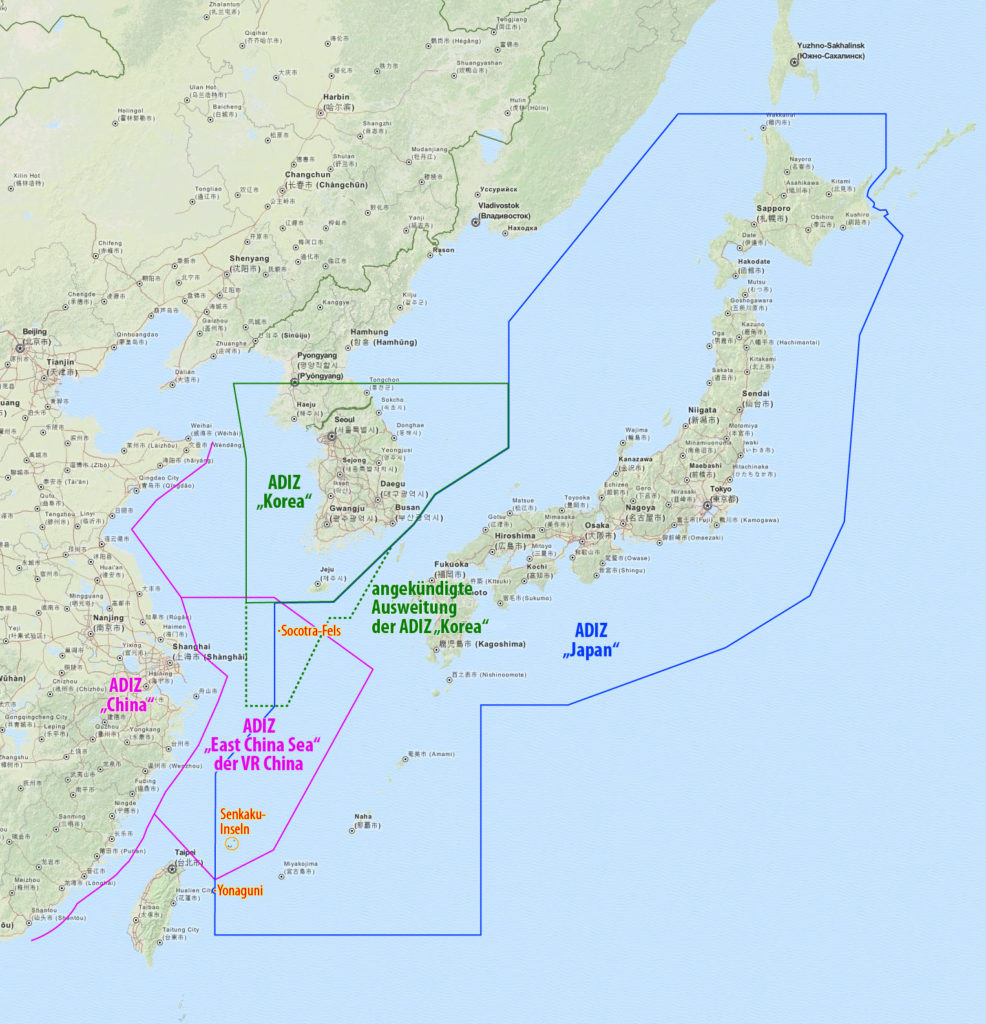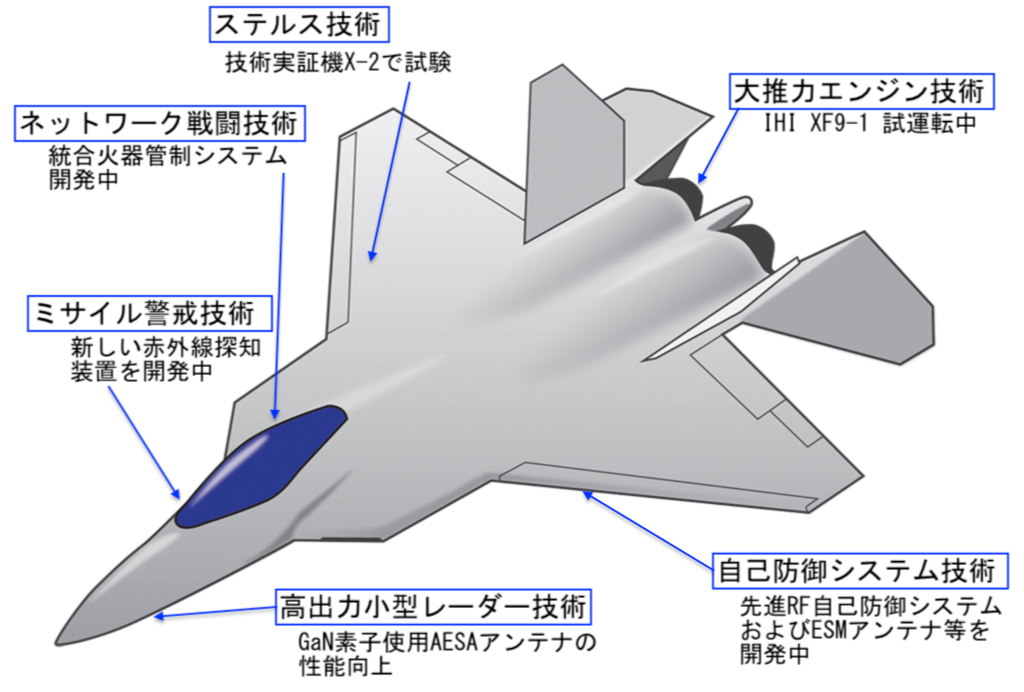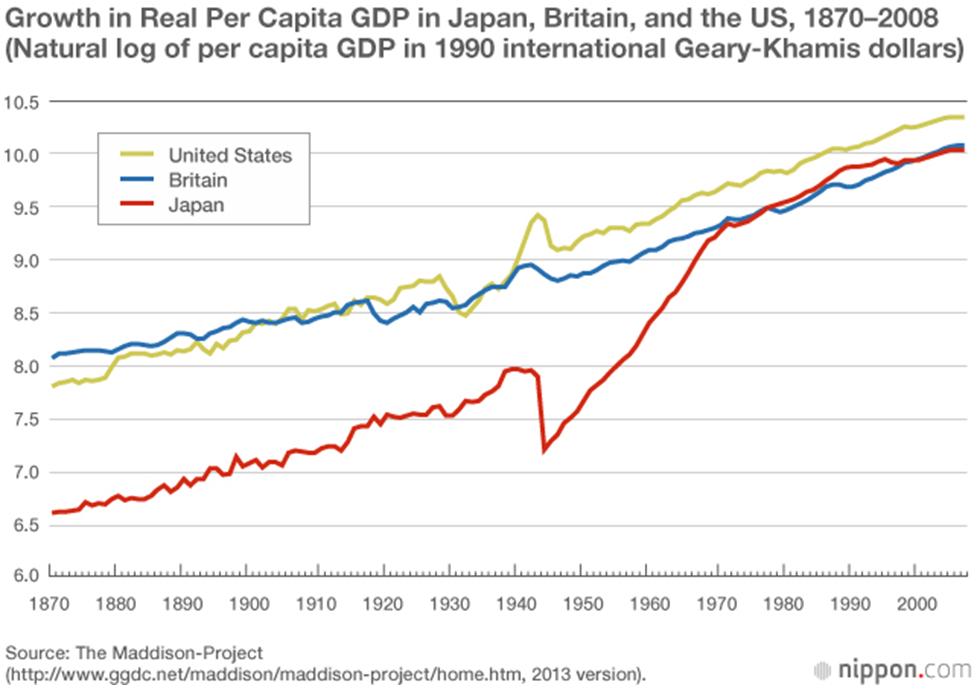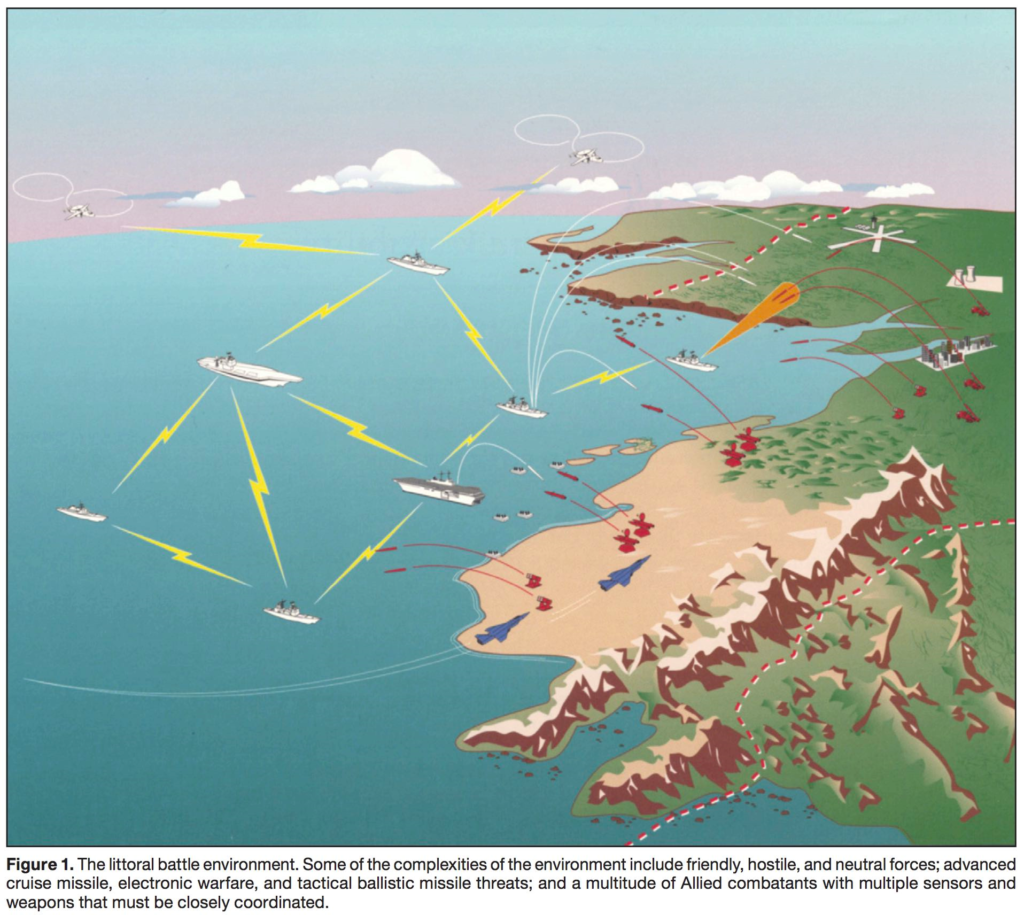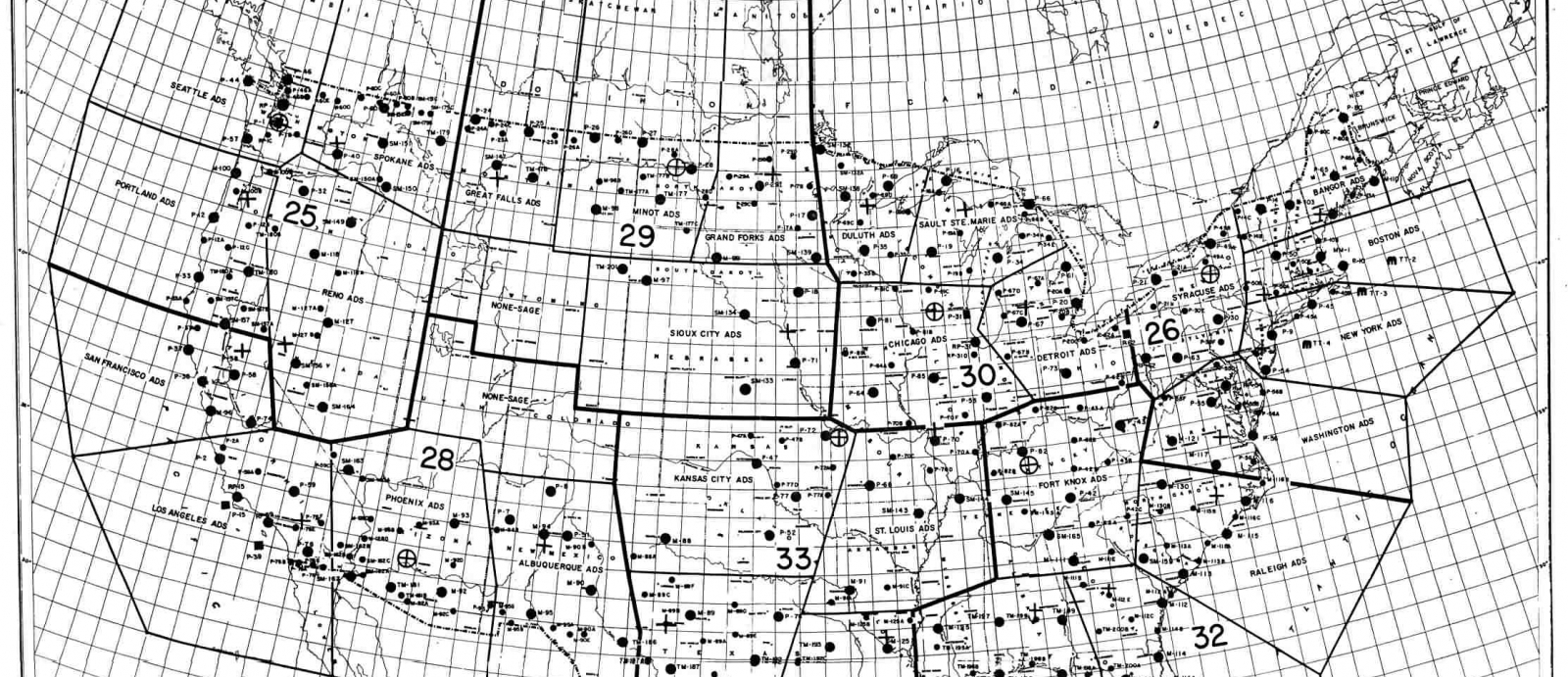
My last post detailed how the outbreak of the Korean War in 1950 prompted the U.S. to undertake emergency efforts to bolster its continental air defenses, including the concept of the Air Defense Identification Zone (ADIZ). This post will trace the development of this network and its gradual integration with those of Japan and NATO.
In the early 1950s, U.S. continental air defense, designated the Semi-Automatic Ground Environment air defense system or SAGE, resembled a scaled-up version of the Dowding System, pioneered by Great Britain as it faced air attack by the Luftwaffe in 1940. SAGE was initially a rudimentary and analog affair:
The permanent network depended on each radar site to perform GCI [Ground Control & Intercept] functions or pass information to a nearby GCI center. For example, information gathered by North Truro Air Force Station on Cape Cod was transmitted via three dedicated land lines to the GCI center at Otis AFB, Massachusetts, and then on to the ADC Headquarters at Ent AFB, Colorado. The facility at Otis AFB was a regional information clearinghouse that integrated the data from North Truro and other regional radar stations, Navy picket ships, and the all-volunteer GOC [Ground Observer Corps]. The clearinghouse operation was labor intensive. The data had to be manually copied onto Plexiglas plotting boards. The ground controllers used this data to direct defensive fighters to their targets. It was a slow and cumbersome process, fraught with difficulties. Engagement information was passed on to command headquarters by telephone and teletype. At Ent AFB, the information received from the regional clearinghouses was then passed on to enlisted airmen standing on scaffolds behind the world’s largest Plexiglas board. Using grease pencils, these airmen etched the progress of enemy bombers onto the back of the Plexiglas board so that air defense commanders could evaluate and respond. This arrangement impeded rapid response to the air battle.
It is hard to imagine an air defense challenge of the magnitude that potentially faced the U.S. and USSR by 1955. The Strategic Air Command (SAC) bomber fleet peaked at over 2,500 in 1955-1965, with 2,000 B-47s (range of 2,013 statute miles) and 750 B-52s (range of 4,480 statute miles). The range of U.S. bombers was extended considerably by the ~800 KC-135 aerial re-fueling tanker aircraft fleet as well.
In spite of the much publicized “bomber gap,” taking Soviet production numbers (and liberally adding aircraft of shorter range or unavailable until 1962…) produces an approximate estimate for a Soviet bombing fleet:
- M-4 “Bison” (range of 3480 statute miles) = 93
- Tu-16 “Badger” (range of 3888 statute miles) = 1507
- Tu-22 “Blinder” (range of 3000 statute miles) = 250-300
- Tu-95 “Bear” (range of 9400 statute miles) = 300+
That gave the U.S. an advantage in bombers of 2,750 to ~2,200 over the Soviets. Now, imagine this air battle being conducted with manual tracking on plexiglass with grease pencils…untenable!
Air Defense and Modern Computing
However, the problem proved amenable to solutions provided by the pending computer revolution.
At the Lincoln Laboratory development continued on an automated command and control system centered around the 250-ton Whirlwind II (AN/FSQ-7) computer. Containing some 49,000 vacuum tubes, the Whirlwind II became a central component of the SAGE system. SAGE, a system of analog computer-equipped direction centers, processed information from ground radars, picket ships, early-warning aircraft, and ground observers onto a generated radarscope to create a composite picture of the emerging air battle. Gone were the Plexiglas TM boards and teletype reports. Having an instantaneous view of the air picture over North America, defense commanders would be able to quickly evaluate the threats and effectively deploy interceptors and missiles to meet the threat.
The SAGE system was continually upgraded through the mid-to-late 1950s.
By 1954, with several more radars in the northeast providing data, the Cambridge control center (a prototype SAGE center) gained experience in directing F-86D interceptors against B-47 bombers performing mock raids. Still much development, research, and testing lay ahead. Bringing together long-range radar, communications, microwave electronics, and digital computer technologies required the largest research and development effort since the Manhattan Project. During its first ten years, the government spent $8 billion to develop and deploy SAGE. By 1958, Lincoln Laboratory had a professional staff of 720 with an annual budget of $22.5 million, to conduct SAGE-related work. The contract with IBM to build sixty production models of the Whirlwind II at $30 million each provided about half of the corporation’s revenues for the 1950s and exposed the corporation to technologies that it would use in the 1960s to dominate the computer industry. In the meantime, scientists and electronic engineers in the defense industry strove to install better radars and make these radars invulnerable to electronic countermeasures (ECM), commonly called jamming.
The SAGE development effort became one of the foundations of modern computing, giving IBM the technological capability to dominate for several decades, until it outsourced two key components: hardware to Intel and software to a young Microsoft, both of which became behemoths of the internet age. It is also estimated that this effort brought a price tag which exceeded that of the Manhattan Project. SAGE also transformed the attitude of the USAF towards technology and computerization.
Current Air Defense Networks
In the 1950s and 60s, the U.S. continental air defense network gradually began to expand geographically and integrate with NADGE and JADGE air defense networks of its NATO allies and Japan.
NATO Air Defense Ground Environment (NADGE): This was approved by NATO in December 1955, and became operational in 1962 with 18 radar stations. This eventually grew to 84 stations and provided an inter-connected network from Norway to Turkey before being superseded by the NATO Integrated Air Defense System (NATINADS) in 1972. NATINADS was further upgraded in the 1980s to include data from the E-3 Sentry AWACS aircraft (AEGIS (Airborne Early-warning/Ground Environment Integrated Segment); not to be confused with the USN system with the same acronym.)
Base Air Defense Ground Environment (BADGE): This was the automated system, in the same fashion as SAGE, which replaced the manual system in place with the JASDF since 1960. The requirement was stated in July 1961, and was actually modeled on the Naval Tactical Information System (NTDS), developed by Hughes for the US Navy. This was ordered in December 1964, and operational in March 1969. This was superseded by Japan Aerospace Defense Ground Environment (JADGE) in July 2009.

